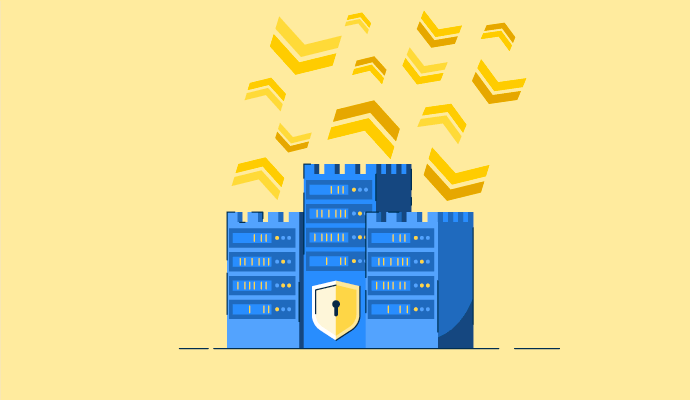What is data minimization?
Often referred to as data avoidance, data minimization is a process where a data controller, the person within an organization who determines why and how personal data is processed, attempts to collect only personal information that’s directly necessary for a particular goal to be accomplished.
Data-centric security software can help achieve this.
Some of the world’s strictest data privacy laws, including the European Union’s General Data Protection Regulation (GDPR) and the California Consumer Privacy Act (CCPA), have specific language around data minimization to remain compliant with their standards.
Benefits of using data minimization
There are several benefits of data minimization, which include:
- Bolstering privacy: Reducing the amount of personal information an organization collects helps secure individuals’ privacy. Only collecting pertinent information necessary to complete a task reduces the likelihood of a malicious actor stealing personal information.
- Reducing liability: Data breaches and successful data exfiltration attempts can make organizations liable for those data losses. Reducing the amount of data an organization collects reduces liability and damages in the event a bad actor steals data. Additionally, a smaller dataset is easier to manage and secure, thereby preventing data theft altogether.
Basic elements of data minimization
Some of the world’s leading privacy standards include data minimization principles. Those elements boil down to these specific points:
- Adequate: The data collected is sufficient for achieving the specific goal of the organization collecting the information.
- Relevant: Information requested to accomplish a goal is entirely related to the goal itself.
- Limited: Superfluous information, which may or may not be sensitive, isn’t requested simply to collect more data.
Data minimization best practices
To make data minimization work, follow these best practices:
-
Use required fields: Data subjects often submit data through forms and portals, which the organization collecting the data has access to. While these forms may contain numerous fields, often not all of them are necessary for the organization to achieve its objective in the strictest sense.
To ensure the bare minimum data is collected from participants, organizations often designate some fields as compulsory to enter information for the portal to accept and process the form. -
Specificity: Data subjects are often more willing to surrender information when they are made aware of what their information is specifically being used to accomplish.
To minimize the amount of data collected while maximizing the value that organizations can extract from the data set, it’s imperative that the required information, the purposes of its collection, and the data handling process be clearly defined.
Data minimization vs. purpose limitation
Though closely related terms, data minimization differs slightly from purpose limitation.
Data minimization is the practice of limiting the total amount of data collected to only what is absolutely necessary to achieve an explicitly outlined goal. This is often achieved through forms that have required fields and organizations explicitly outlining the goal they hope to accomplish through the data collection process.
Purpose limitation refers to the lifecycle of the data that organizations collect, which is often sensitive or personally identifiable information (PII). Data that is initially collected for a purpose can only be used for that initial purpose and never used again. For example, purpose limitation would prohibit an organization from using data collected through a demographics study of a town to then be used again in an election campaign within that same jurisdiction.
Learn more about the importance and principles of data protection.

Brandon Summers-Miller
Brandon is a Senior Research Analyst at G2 specializing in security and data privacy. Before joining G2, Brandon worked as a freelance journalist and copywriter focused on food and beverage, LGBTQIA+ culture, and the tech industry. As an analyst, Brandon is committed to helping buyers identify products that protect and secure their data in an increasingly complex digital world. When he isn’t researching, Brandon enjoys hiking, gardening, reading, and writing about food.

